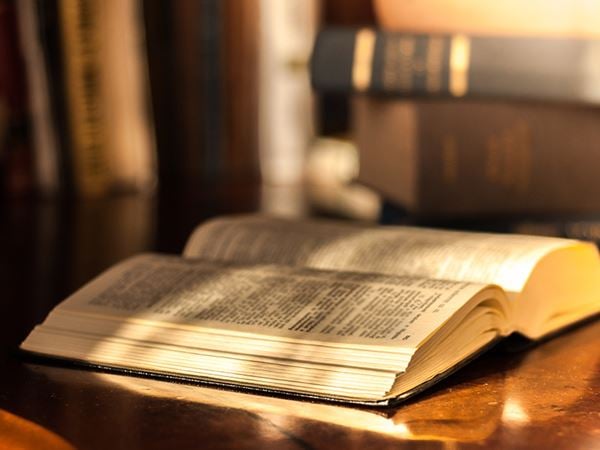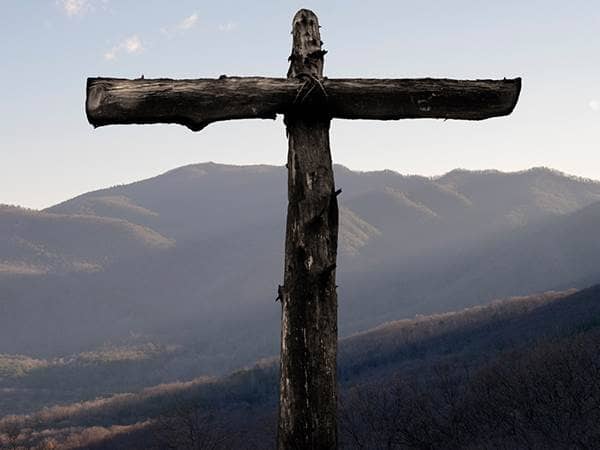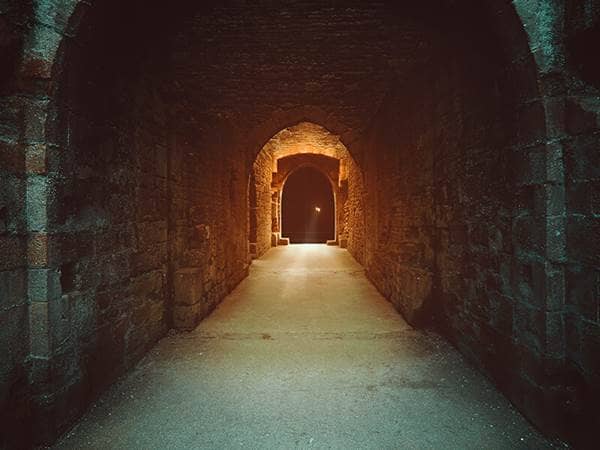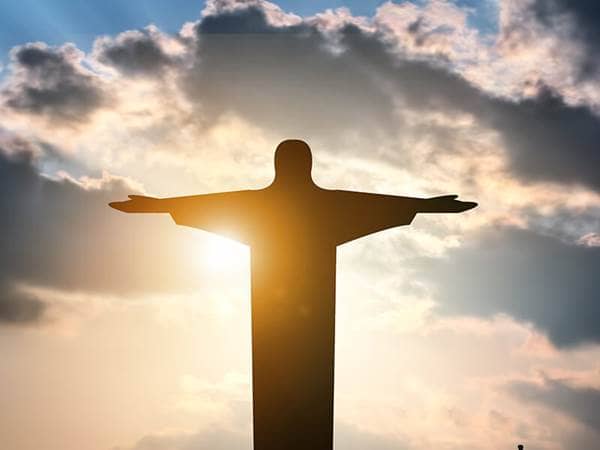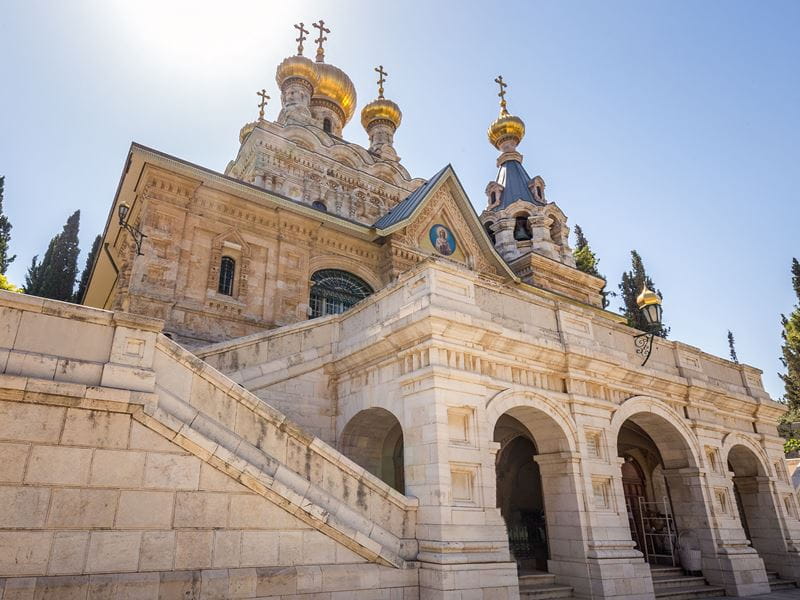
- Trending:
- Pope Leo Xiv
- |
- Israel
- |
- Trump
- |
- Social Justice
- |
- Peace
- |
- Love
The 100 Most Holy Places On Earth
Church of Mary Magdalene

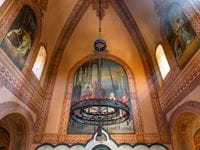

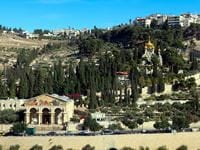
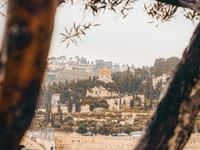
Also Known As:
Church of Mary Magdalene.
Associated Faiths:
Also frequented by Christians of other High and Low-Church traditions
Accessibility:
Open to visitors.
Annual visitors: 3,400,000
History
The Church of Mary Magdalene is one of the most recognizable landmarks in the Christian “Holy Land.” It is located near the Garden of Gethsemane, on the lower slope of the Mount of Olives, across the Kidron Valley from the Temple Mount (or Haram al-Sharif). The church is a late-19th century Russian Orthodox house of worship. It was built by Russian’s Tzar Alexander II and his siblings, in honor of their mother, the Empress Maria Alexandrovna.
Dedicated to Mary Magdalene (the first of Jesus’ disciples to see Him as a resurrected being), today the church is officially associated with the Convent of St. Mary Magdalene (which was established in 1936). This sisterhood or order was established by Mary Robinson, a former practitioner of Anglicanism who converted to Eastern Orthodoxy. There are approximately 30 nuns who are attached to the convent, and who hail from Russia, but also from various Arab nations, North and South American, Australia, Serbia and Romania. (The number of nuns fluctuates but remains small.)
The church was constructed with very traditional Russian Orthodox design elements. For example, it sports the distinctive Byzantine iconography so common to the interiors of these churches. It also has seven golden “onion domes”—each topped with a Russian Orthodox cross. (The onion dome motif is almost never absent from Russian Orthodox churches.) It is quintessential Russian Orthodox architecture.
The church serves as the crypt for three important individuals—two of which have been declared saints by the Church. The relics of the German Hessian and Rhenish princes Grand Duchess Elizabeth Feodorovna of Russia are displayed in the church. Also, those of Vavara Alexeyevna Yakovleva (or “Nun Barbara”) are entered therein as well. Additionally, the remains of Princess Alice of Battenberg (the mother-in-law of Queen Elizabeth II) were transferred (in 1988) from her grave in England to the crypt below the Church of Mary Magdalane.
Having been neglected over a century, by the early 2000s, the church had begun to deteriorate and was in bad need of major repairs—which have begun. While the church is not necessarily important for its historical associations, its location makes it important. And, for the Russian Orthodox tradition, it is perhaps their most important foothold in the Holy Land. Thus, its repair and preservation are important, if for no other reason than this.
Religious Significance
We don’t often associate the Russian Orthodox Church—or anything Russian, for that matter—with the Holy Land. However, Orthodoxy has long held a place in that sacred local, and Russian Orthodoxy is but a branch of the larger Eastern Orthodox tradition, which traces its origins back to the Holy Land. Thus, the Church of Mary Magdaline is an important sacred site in Christianity for multiple reasons—and particularly for those who identify as Russian Orthodox or Eastern Orthodox Christians.
This church constitutes “sacred space” or is perceived as a “holy site” for several reasons. Of course, it rests next to the very site on which the Temple that Jesus frequently visited once stood. It was constructed at the base of the Mount of Olives, which is sacred in Jewish, Christian, and Islamic traditions. The church sits at the site of the Garden of Gethsemane, where Jesus prayed on the night He was arrested. And it houses the relics of two sainted individuals in the Orthodox tradition—relics that are commonly venerated by visitors.
An additional spiritual “attraction” associated with the Church of Mary Magdalene is an important icon (housed in the church). Painted in the style known as the “Hodegetria”—meaning “she who points the way”—this church dedicated to the memory of one of Jesus’ most important disciples houses an important Hodegetria icon, and one associated with a number of miracles. A Hodegetria icon depicts the Theotokos (or “Mother of God”) holding the baby Jesus and pointing to Him as the source of salvation (hence the name “Hodegetria”). It is a very common image, particularly in Eastern Orthodox iconography. However, the specific Hodegetria displayed (just to the right of the iconostasis or “icon screen”) in the Church of Mary Magdalene was carved in Lebanon and has a miraculous history. The first associated miracle had to do with a 16th century fire in which the church that originally housed the icon was destroyed—but the icon survived unscathed. Since that time, tradition says that it has healed many people, including a large number during a cholera epidemic (of the 19th century). Earlier in the 21st century, the Metropolitan of Lebanon indicated that he had regular dreams urging him to give the icon to the abbess at the Church of Mary Magdalen, which he eventually did. To this day, pilgrims who visit the church and pray before the Hodegetria icon claim that they receive help in the form of miracles.
Thus, aside from the beauty of the building’s Russian Orthodox exterior, aside from the attractiveness of the setting in which the church rests, aside from the exquisiteness of the iconographic interior of this holy site, and aside from the fact that this edifice is Russian Orthodoxy’s most important foothold in the nation of Israel, there is another significant element to this holy site. Most importantly, the Church of Mary Magdalen is an significant “sacred space” because of its miracles; the miracles accomplished by the two saints whose relics rest in the church, and the miracles which flow into the lives of those who visit the church and venerate the icons and saints which rest there. Holy things happen to those who make a pilgrimage to this house of worship—a fact that many have attested to.


